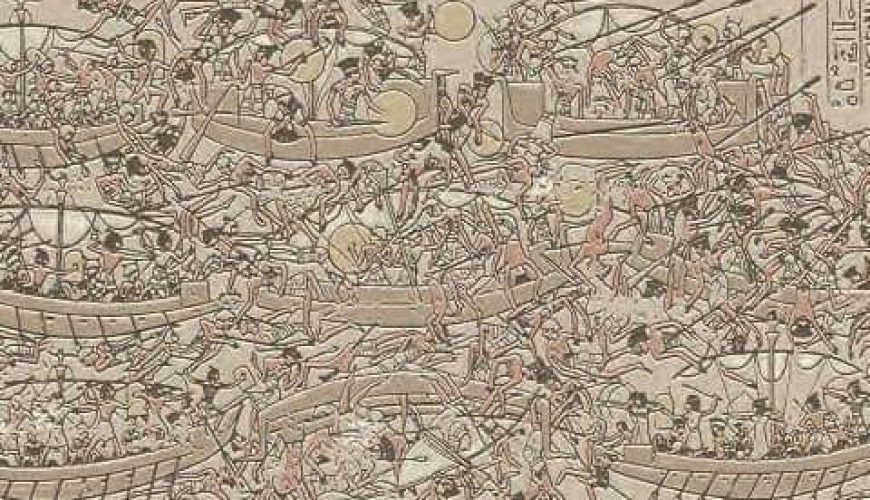The oldest special forces.
It is the division (Al-Na’ran), one of the Egyptian army corps during the reign of Ramses II, and it was the most powerful corps of the Egyptian army. It resembles the thunderbolt today and had the greatest credit for the survival of the Egyptian army in the site of Kadesh and the lifting of the siege on the Ammon Corps and on its head Ramses II.
Ramses II chose a group of the brave young men in the army and called them the title (the drunken) and ordered them to adhere to the coastline and join him at Kadesh and protect the backs of the three attack corps, especially Ra, Amun and Ptah Corps, and as a result of a fatal strategic error and inaccuracy in reconnaissance and enemy spies the forces of the Hittites managed to destroy The entire Corps of Ra was besieging the Amon Corps, headed by Ramses the Second and isolating it from the rest of the Egyptian army corps. The Ammon Corps continued to fight valiantly until the soldiers were exhausted, and it was said that most of them escaped and left Ramses fighting on his own with some of his personal guards. The Na’rin Brigades arrived and implemented a quick and surprising attack that surprised the two From the West, after suggesting that they had attacked from behind, which caused the Hittite forces terror and panic, to the extent that some of their soldiers jumped in the river and were able to break the siege on the Amun Corps and opened gaps in the ranks of the Hittite forces in preparation for the arrival of the Reserve Attack Corps in Ptah and the arrival of the rest of the Egyptian army legions to the battlefield Before the Ptah Corps actually entered the battlefield, the Hittites fled, the battle ended, a truce was concluded, and the famous peace treaty was concluded fifteen years after the Battle of Kadesh.
The Egyptian army could have turned the battle into a landslide victory with the completion of the arrival of the Egyptian Legion. Advisers advised Ramses II to develop the attack and the assault on the withdrawing Hittite forces. Still, Ramses II had exhausted the fighting and the flight of many Ammon Corps soldiers as a result of stress, so Ramses decided to make the armistice…
The picture depicts a part of the battle of Kadesh. We notice the scene of the picture of the Prince of Aleppo Al-Hitti, who pulled a soldier out of the water after he fell into the water after the attack of Ramses II and the Egyptian army. He fell in the Orontes River, so he took out the soldiers and raised his feet to the top and head down to save him, which is a gesture Wonderful from the Egyptian artist, she wants to show you the traces of the power of the Egyptian attack, and at the same time, he wants to make it a satirical subject as a kind of mockery from the enemy and also to break the vast amount of scenes of fighting and the wounded and dead by putting a touch of humour on the scene of a woman himself.



Comment (0)